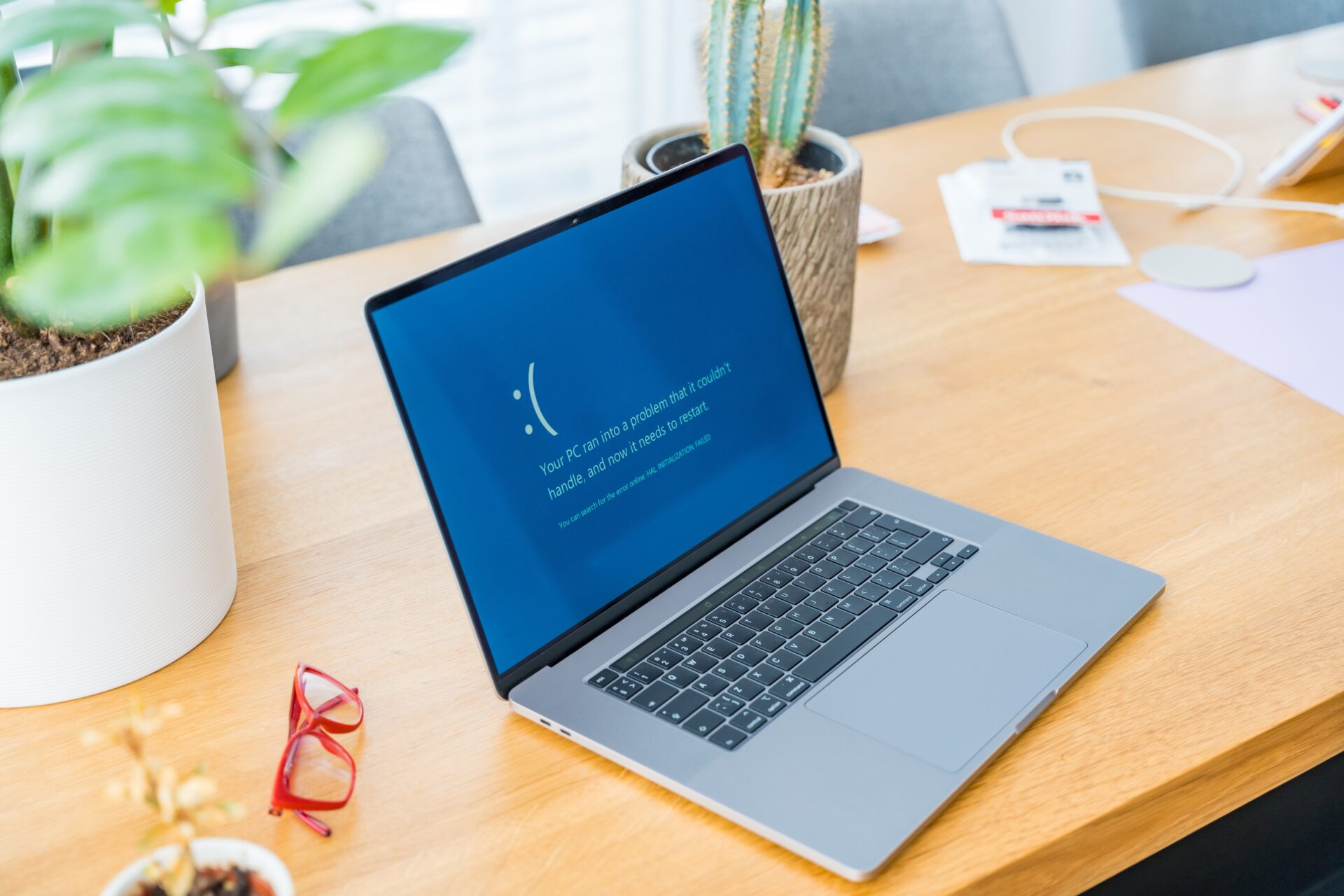After finding that employees are just as productive working from home as they are in the office, as well as understanding that most people don’t want to return to the office full time, many businesses have adopted a hybrid work model.
And while this is a great perk for businesses and their people, it’s vital for organisations to make the experience as seamless and secure as possible to ensure that no productivity is lost, nor is their confidential and sensitive data compromised.
In our article below, we share why businesses should be prioritising their IT systems and the roadmap to achieving a secure and effective hybrid IT environment.
The importance of a secure and supported IT environment
As cyber security incidents ramp up, many organisations are re-evaluating their IT set up, especially those in the finance sector where highly confidential and valuable data is dealt with every day.
Most hybrid employees will already have some sort of device they take to and from the office, and some may even be using their own personal devices, but this doesn’t mean that they’re operating in a secure environment – nor may there be any support for technical issues.
The importance of security and support can’t be emphasised enough, as both can negatively impact:
- Safety – When businesses don’t operate in a secure environment, it opens the door for malicious actors. Whether it’s a phishing scam that targets an unsuspecting employee or a data leak from a personal device, it can put the entire company at risk.
- Productivity – Employees that are dealing with cyber security incidents or chasing up a support ticket for a glitch in their device aren’t focusing on their immediate roles. Deadlines get pushed back and projects are put on hold – and it can take far too long to get back on track.
- Processes – Businesses that have grown quickly may not be working with IT that’s grown with them. This leads to data segregation, disparate systems, passwords that are out of sync, and ad-hoc fixes piled on top of one another. Employees then waste time on backwards processes as they wrestle with systems that need to be updated or upgraded.
- Profits – All the challenges mentioned above mean a business’s budget and profits may be hit hard, especially in the case of a data breach. The downtime and loss of productivity from trying to fix broken or disparate systems also costs businesses. And not many can afford too many days offline.
If businesses want to move forward with hybrid working arrangements that allow their people to work securely and easily, as well as protect their assets and IP, they need to start looking at whether their systems can handle it.
5 steps to establishing an effective and secure hybrid work IT environment
Having assisted over 600 clients with their managed IT support services and protecting themselves against cyber security risks, we’ve established a clear roadmap for businesses looking to create a secure IT set-up for their remote & distributed workforces.
This roadmap will help you identify what your business needs to establish a secure and easily accessible IT environment, for your hybrid workforce.
- Evaluate your current systems and equipment
Any on-premise equipment should be evaluated on whether it can be moved or outsourced to the cloud so that it’s accessible to employees from any location or device.
This includes servers, networking equipment, applications, and communication devices. Some equipment may be fine to stay on-prem, but it would need to be connected to the cloud so it remains in-sync.
- Move your systems to the cloud
Once your systems have been evaluated, it’s time to move them to the cloud. For many, this will be easy as most applications and systems these days have cloud services (for a small fee), but for some there’ll have to be a migration roadmap put into place or alternatives found if there’s no cloud option.
In addition to being accessible, the advantages of having everything on the cloud includes higher security measures and regular back-ups to protect against data loss.
- Upgrade your security measures
Upgrading the security of all your systems is the next vital step to catering to the new ways of working. There are two areas of concern when it comes to security.
One is to keep out malicious actors (hackers). The second is to retain the company’s intellectual property and data not have it compromised while employees are working remotely and using different devices.
At VITG, we use three different methods for this, including:
- ‘Always-On’ Virtual Private Networks (VPNs) to protect employee identities and data as they roam, as well as ensure a secure connection to the organisation, no matter the device or Internet connection they use;
- Mobile device management platforms that prevent the swapping of company data between business and personal devices (or even between the work and personal parts of the same device); and
- Zero-trust networks that allows business services and information to only be accessed within the work IT environment, wherever it may be.
It’s also important to ensure that your business is incorporating the Essential Eight Mitigation Strategies as a baseline in your security strategy. Businesses will need to achieve level one maturity at the very minimum – and we highly recommend that businesses operate at maturity level two – three if they’re adopting a hybrid model.
- Upgrade any equipment that needs it
Once the evaluation of your IT and security has been done, there may be areas where new equipment is needed, or old equipment should be upgraded. The most common upgrades are to communication systems to allow for free-roaming.
For phones, options include providing dedicated devices to each employee or using a softphone program to take calls on business devices. For video conferencing, options include hardware such as cameras, mics, speakers & headsets, and collaborative software tools such as Microsoft Teams.
- Find ongoing IT support or management
IT isn’t a set-and-forget process, and businesses should be constantly evolving their hardware, software & applications to ensure that they are secure and up to date. Otherwise, cyber security and productivity can lag as issues start to occur.
Proactive approaches to IT gets better results
As businesses adapt to hybrid working arrangements, it’s the proactive organisations that will have the most advantage over their competition.
An optimum IT environment means that employees can work quicker, access support when they need it, and reduce their security risks as they move between the office, home and other remote locations. And businesses will find that their people, data, and IT environments are protected, and they’re able to retain their top talent with more flexible working models.
If your business wants to create a secure and efficient IT environment, you can contact us to discuss how we can help you improve and protect your systems with our Digital Workplace Solutions. These solutions are built for businesses looking to protect, manage and scale their hybrid workforce effectively.



